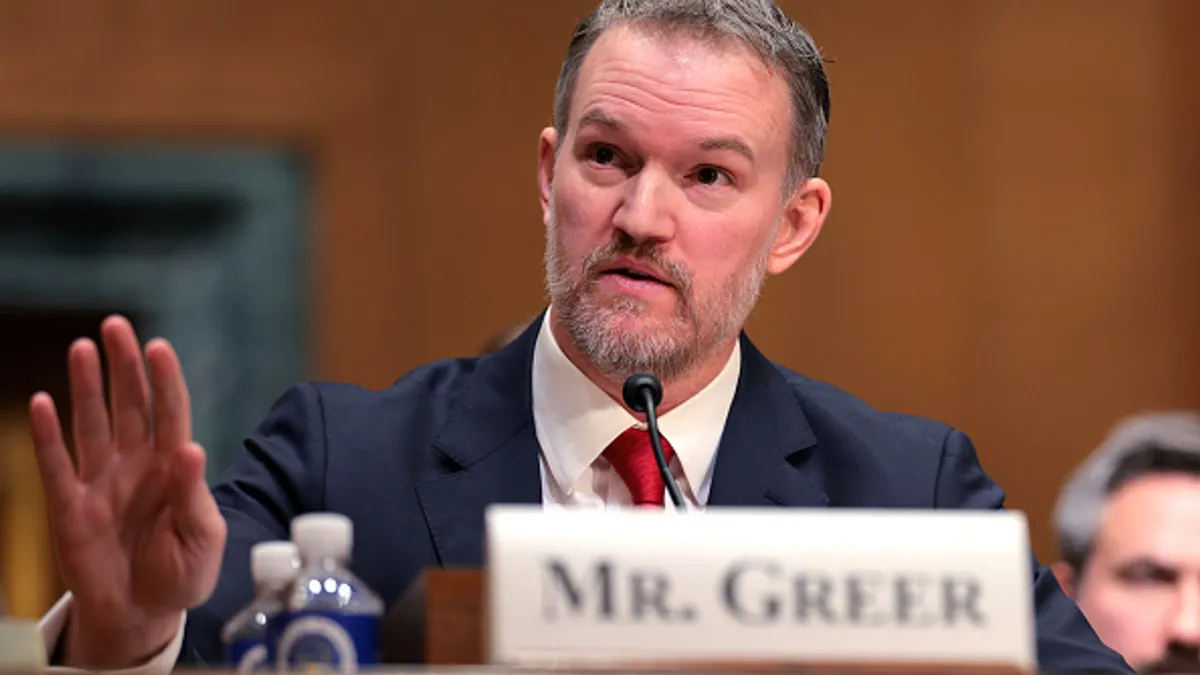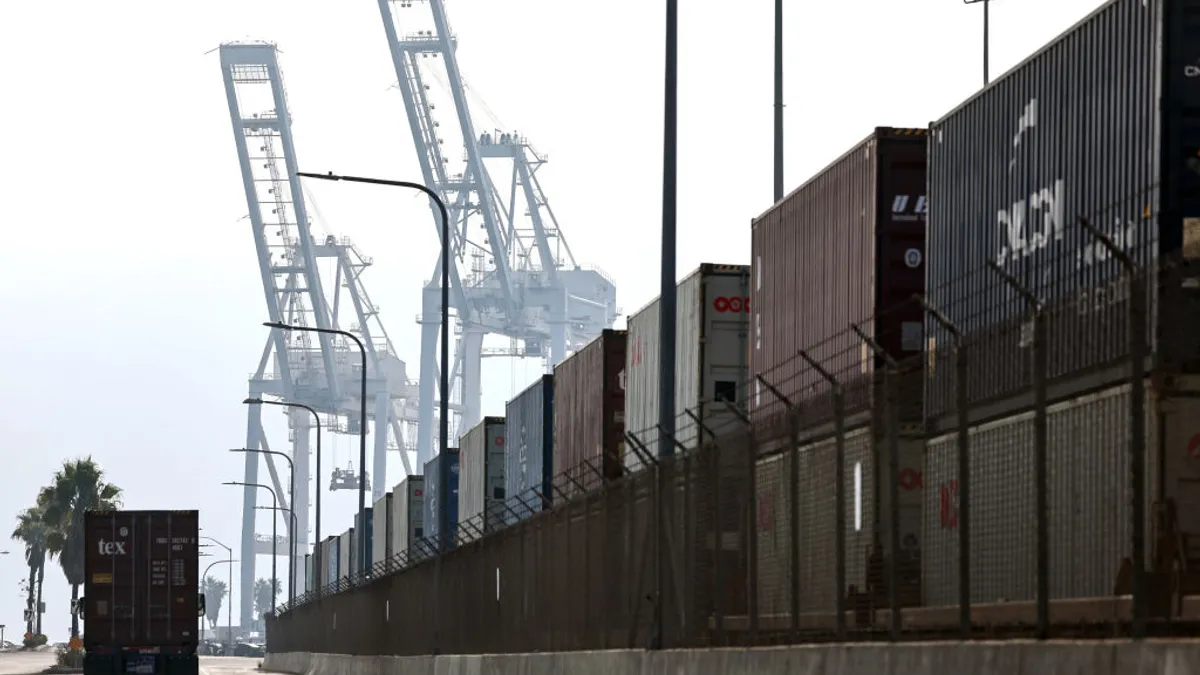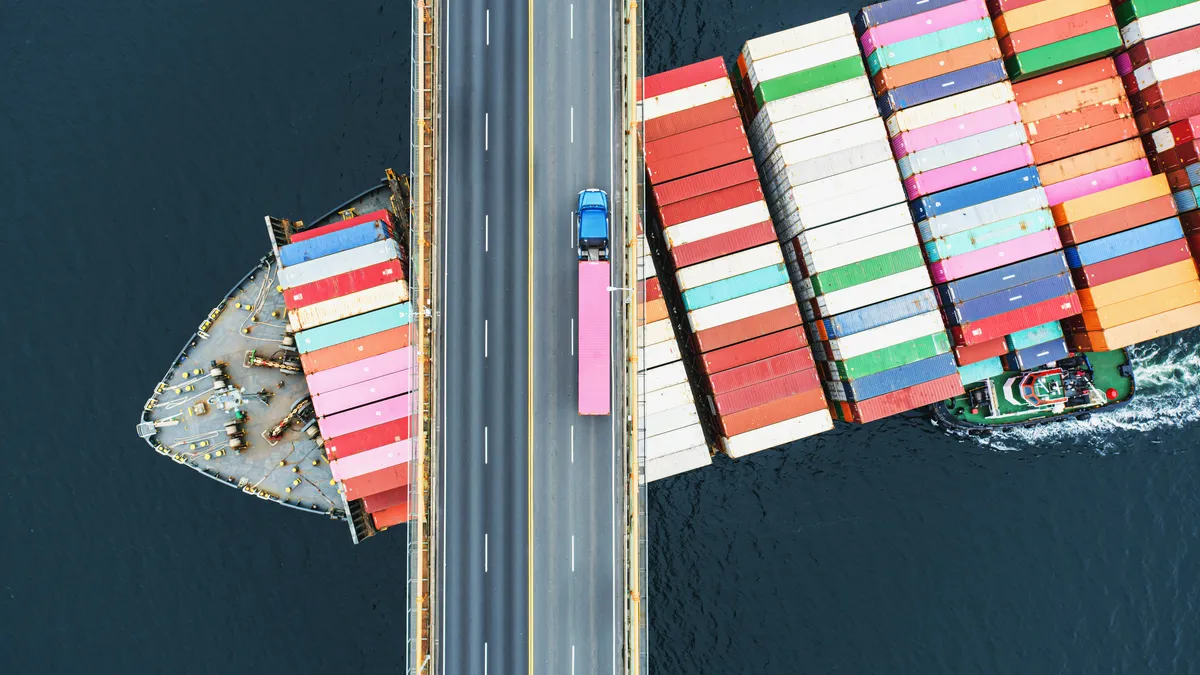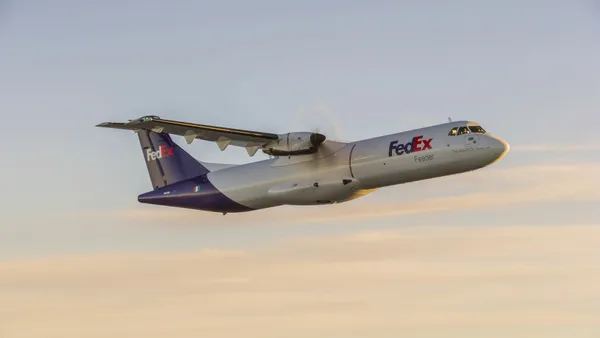With more shippers opting to power air cargo flights with sustainable fuel as part of sustainability goals, manufacturers and government officials are racing for ways to scale supply and lower prices.
Prices of sustainable aviation fuel have skyrocketed in recent months as supply fails to keep up with demand, pushing some shippers and forwarders to take on higher costs. Bollore Logistics, for instance, purchased roughly 9 million liters of SAF in 2022 and was sold out by July, said Maily Treluyer, project leader for eco-responsible freight procurement.
“We’re going to double how much [SAF] we bought this year, and our target is to double [that amount] each year,” Treluyer said. “But the price is rising, so it’s a much bigger investment.”
With biofuels being a key to decarbonization in the air industry, Bollore Logistics isn’t the only forwarder seeing a surge in demand. As commitments from air freight stakeholders continue to drive sustainable transformations within the industry, air cargo companies and biofuel manufacturers are upping investments help ramp up SAF production in the U.S.
Limited SAF supply prompts U.S. investments
DB Schenker, which purchased more than 11,000 tonnes of SAF in 2022, also anticipates purchasing even more biofuel in 2023, a spokesperson told Supply Chain Dive.
The forwarder recently announced a global CO2-neutral flight offer which enables shippers to choose SAF to power their flights on any global route.
“An increasing number of customers, including healthcare and pharma, as well as some high-fashion and consumer electronics brands [like] Lenovo are using our SAF air freight product,” the spokesperson said. “We notice both interest from large multinational corporations and brands, as well as from smaller companies.”
Although overall interest in greener transport solutions has grown over the last 6 to 12 months, some shippers remain hesitant to fork out the additional expenses as many companies are “closely observing their logistics costs,” the DB Schenker spokesperson said.
Currently, sustainable airline fuel is roughly three times more expensive than normal jet fuel, according to SAF producer Neste.
High prices are partly driven by tight supply: SAF is only produced in the U.S. West Coast and other select locations, though U.S. industry stakeholders have made active efforts to drive up capacity.
In February, sustainable fuels technology company LanzaJet secured a partnership with Chicago-based Marquis Sustainable Aviation Fuel to build an integrated sustainable fuels plant in Illinois with an annual expected capacity of 120 million gallons, according to a release from the company.
LanzaJet also secured $50 million in project funding for the company’s Freedom Pins Fuels SAF plant in Soperton, Georgia, slated to open later this year, according to an October statement. The production plant is expected to produce 9 million gallons of Alcohol-to-Jet SAF and roughly 1 million gallons of renewable diesel, annually, which will double U.S. SAF production and lower emissions by at least 70% compared with regular jet fuel.
United Airlines, which launched its Eco-Skies Alliance SAF program in April 2021, meanwhile invested in NEXT Renewable Fuels’ flagship biofuel refinery in Oregon, with production slated to begin in 2026. At full production capacity, the refinery is expected to produce up to 50,000 barrels of SAF and other renewable fuels per day, according to a November release.
Leaders call for government incentives to increase production
Even as producers look to increase biofuel production, SAF still only represents less than 1% of the total global jet fuel consumption, SAF producer Neste told Supply Chain Dive.
In turn, industry members, including the International Air Transport Association, have called on governments to implement incentives to rapidly expand the use of sustainable aviation fuels in order to meet aviation’s commitment to achieve net-zero carbon emissions by 2050.
“There was at least triple the amount of SAF in the market in 2022 than in 2021. And airlines used every drop, even at very high prices,” IATA’s Director General Willie Walsh said in a statement last month. “If more was available, it would have been purchased. That makes it clear that it is a supply issue and that market forces alone are insufficient to solve it.”
Some state governments have already imposed incentives to boost supply. California's low carbon fuel standard, which encourages adoption of cleaner transportation fuels, is expected to encourage use and production of SAF, according to an IATA fact sheet.
On a federal level, the Biden administration announced new SAF policies in late 2021, committing to increase production to at least 3 billion gallons annually by 2030, according to a White House fact sheet.
The U.S. also passed a set of SAF tax credits in the Inflation Reduction Act with the intention of cutting costs, rapidly scaling production, among other goals, as listed in IATA’s fact sheet.
“Governmental support plays a crucial role here as mandates or incentives can create the demand certainty needed to attract investments into new SAF production capacity,” Neste said





















